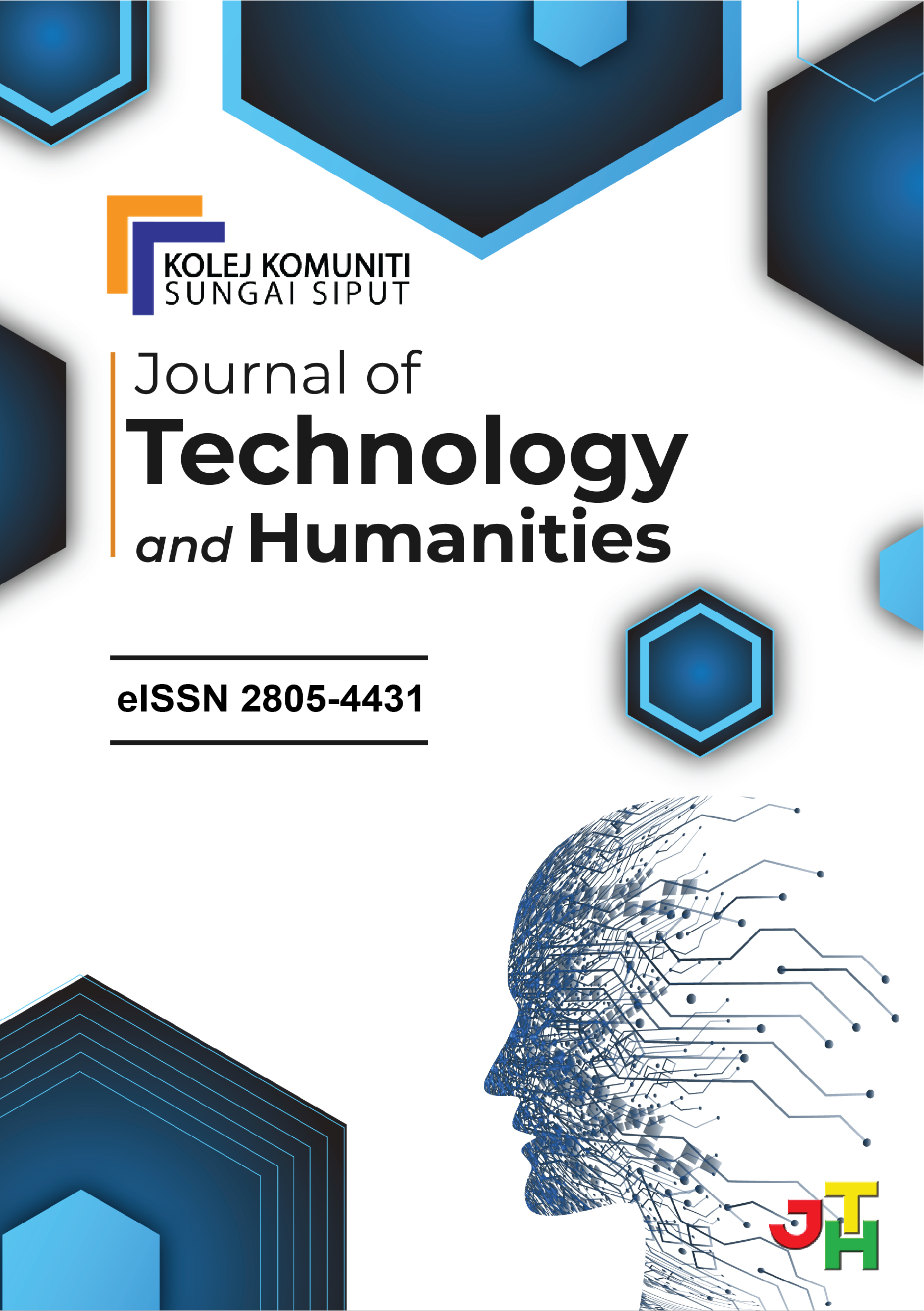The Midnight Siren: Bringing the Elegance of Kebaya to Life through an Interactive Digital Catalog in Scratch
DOI:
https://doi.org/10.53797/jthkks.v6i2.1.2025Keywords:
Scratch, Digital fashion, Interactive catalog, Kebaya, Interaction design, Brand storytellingAbstract
Digital fashion presentations often fail to capture the essence and aesthetic value of complex garments like the modern kebaya, resulting in a loss of narrative and detail. This research explores the use of the visual programming platform Scratch, which is generally educational, as a medium for creating an immersive interactive digital catalog. Utilizing the ADDIE methodological framework, the study developed and evaluated a prototype catalog for the "The Midnight Siren" collection based on in-depth interviews with nine experts from the fashion industry, digital media, and academia. The findings indicate that this accessible platform can democratize immersive experiences without high-end technology, transform product presentation from static imagery to meaning-rich dynamic narratives, and demonstrate the significant potential of creatively recontextualizing a platform beyond its original function. This study concludes that creativity in interaction design, rather than technological sophistication, is the key to creating compelling fashion brand communication and offers innovative solutions for independent designers.
Downloads
References
Arrigo, E. (2022). Digital platforms in fashion rental: a business model analysis. Journal of Fashion Marketing and Management: An International Journal, 26(1), 1-20. https://doi.org/10.1108/JFMM-03-2020-0044.
Bertola, P., & Teunissen, J. (2018). Fashion 4.0. Innovating fashion industry through digital transformation. Research journal of textile and apparel, 22(4), 352-369. https://doi.org/10.1108/RJTA-03-2018-0023.
Camingue, J., Melcer, E. F., & Carstensdottir, E. (2020, September). A (visual) novel route to learning: a taxonomy of teaching strategies in visual novels. In Proceedings of the 15th International Conference on the Foundations of Digital Games (pp. 1-13). https://doi.org/10.1145/3402942.3403004.
Emslie, J. (2024). From Composition to Integration-The Journey of a Sole Audio Designer in Game Development.
Gazzola, P., Pavione, E., Pezzetti, R., & Grechi, D. (2020). Trends in the fashion industry. The perception of sustainability and circular economy: A gender/generation quantitative approach. Sustainability, 12(7), 2809. https://doi.org/10.3390/su12072809.
Huang, W., Rahman, A. R. A., Gill, S. S., & Ahmad Effendi, R. A. A. R. (2024). Furniture Development Framework for Cultural Conservation: A Case Study of Peranakan Chinese in Singapore. Sustainability, 16(24), 10818. https://doi.org/10.3390/su162410818.
Krath, J., Schürmann, L., & von Korflesch, H. F. (2021). Revealing the theoretical basis of gamification: A systematic review and analysis of theory in research on gamification, serious games and game-based learning. Computers in Human Behavior, 125, 106963. https://doi.org/10.1016/j.chb.2021.106963.
Mesjar, L., Cross, K., Jiang, Y., & Steed, J. (2023). The intersection of fashion, immersive technology, and sustainability: a literature review. Sustainability, 15(4), 3761. https://doi.org/10.3390/su15043761 .
Pecorari, M. (2019). Fashion archives, museums and collections in the age of the digital. Critical Studies in Fashion & Beauty, 10(1), 3-29. https://doi.org/10.1386/csfb.10.1.3_7.
Samaniego, M., Usca, N., Salguero, J., & Quevedo, W. (2024). Creative thinking in art and design education: A systematic review. Education Sciences, 14(2), 192. https://doi.org/10.3390/educsci14020192.
Särmäkari, N. (2023). Digital 3D fashion designers: Cases of atacac and the fabricant. Fashion Theory, 27(1), 85-114. https://doi.org/10.1080/1362704X.2021.1981657.
Selwyn, N. (2021). Education and technology: Key issues and debates. Bloomsbury Publishing, Great Britain.
Trismaya, N., Shahab, Y. Z., & Siscawati, M. (2022). From Glamorous to Everyday Use: Kebaya as the Medium of Women's Self-Expression. Wacana Journal of Social and Humanity Studies, 25(3). https://doi.org/10.21776/ub.wacana.2022.025.03.01.
Varol, F., & Öksüz, M. (2025). Use of advanced measurement and reality technologies in cultural heritage sites from the perspective of technology and tourism. Current Issues in Tourism, 28(4), 585-603. https://doi.org/10.1080/13683500.2024.2322693.
Wang, N. (2025). Her World, Women and Fashion in Singapore 1974-1989: Accidental Career Girl to Working Mother of the Year. Bloomsbury Publishing, London.
Zhang, A., & Seuring, S. (2024). Digital product passport for sustainable and circular supply chain management: a structured review of use cases. International Journal of Logistics Research and Applications, 27(12), 2513-2540. https://doi.org/10.1080/13675567.2024.2374256.
Downloads
Published
How to Cite
Issue
Section
License
Copyright (c) 2025 Farah Az Zahra, Irma Russanti, Farah Najwa Ahmad Puad

This work is licensed under a Creative Commons Attribution-NonCommercial-ShareAlike 4.0 International License.



